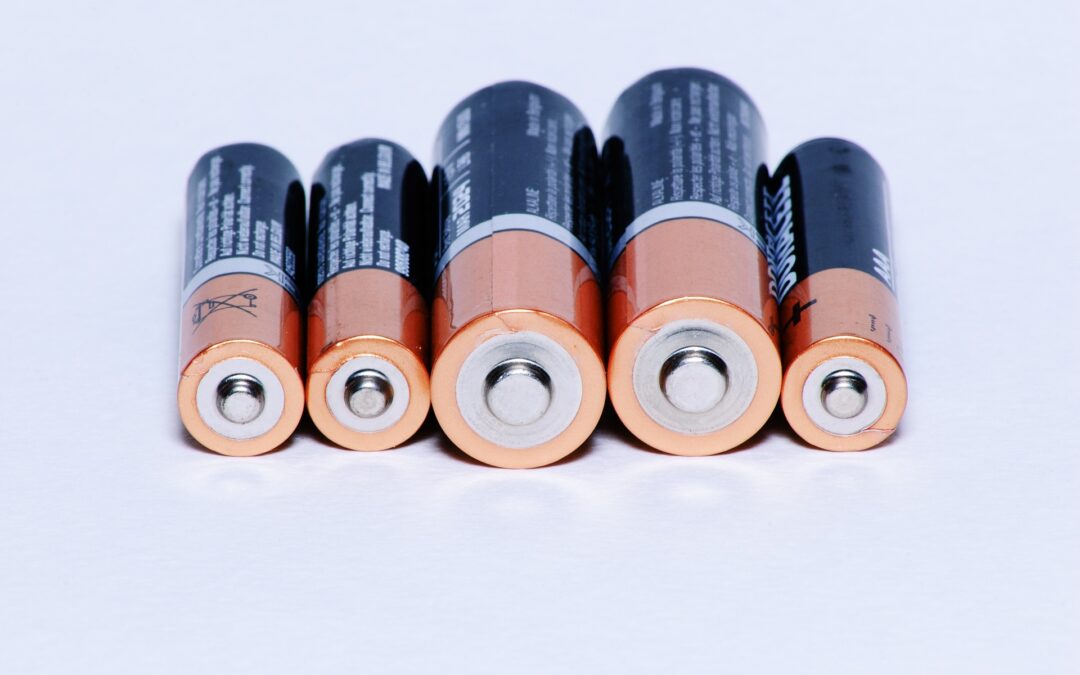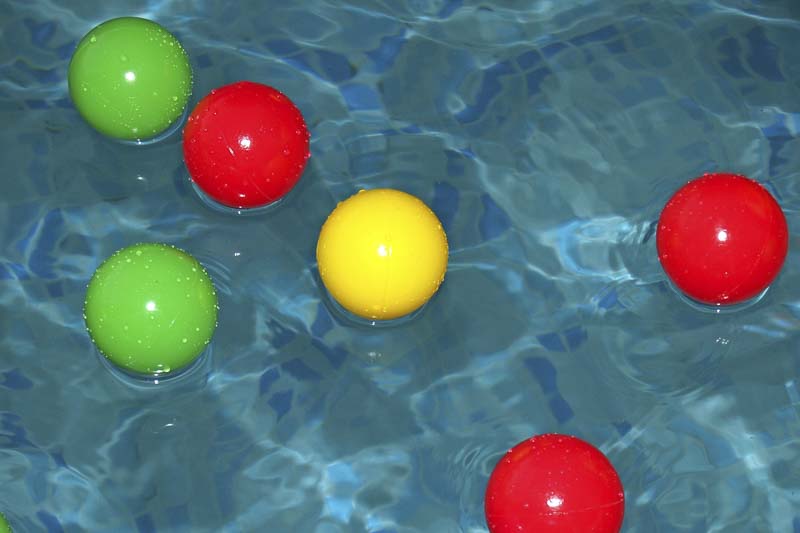What You Need:
- 2-liter soda bottle
- medicine dropper
- glass or beaker
What You Do:
1. Fill a glass with water and put the medicine dropper in it. Suck enough water into the dropper so that it just barely floats – only a small part of the rubber bulb should be out of the water. This is your diver, and it has neutral buoyancy. That means the water it displaces (pushes aside) equals the weight of the diver. The displaced water pushes up on the diver with the same amount of force that the diver exerts down on the water. This allows the diver to stay in one spot, without floating up or sinking down.
2. Now that your diver is ready with enough water inside to give it neutral buoyancy, fill the soda bottle all the way to the top with water. (You don’t want any air between the water and the cap.) Lower the medicine dropper into it and screw the cap on tightly.
3. Squeeze the sides of the bottle. What happens? The diver sinks. Let go of the bottle and it will float back up. Why does it do this? Watch carefully as you make it sink again – what happens to the air inside the dropper?
As you squeeze the bottle (increasing pressure) the air inside the dropper is compressed, allowing room for more water to enter the dropper. (You’ll see the water level in the dropper rise as you squeeze the bottle.) As more water enters, the dropper becomes heavier and sinks. Practice getting just the right amount of pressure so your diver hovers in the middle of the bottle.
Submarines and submersibles have ballast tanks that fill up with water to make them dive. When it’s time to surface, air is pumped into the tanks, forcing the water out and making the sub float to the top. Uncover more about submarines with this science project about liquid density. Scuba divers wear heavy belts of lead to make them sink in the water, but they also have a buoyancy compensator. This is a bag that they inflate with air from their oxygen tank. When it is inflated, it causes them to float up to the surface. While underwater they’ll put just enough air in the bag to keep them from floating or sinking.
Of course, most subs and scuba divers are diving in salt water. Try your diver again in a bottle of salt water. Is there any difference in the way it works? Do you need to start out with more water in the dropper than you did before? Remember salt water is denser than fresh water!
If you are interested in learning more about the ocean floor or deep sea creatures try our Ocean Science Lesson – Explore the Ocean Depths.





